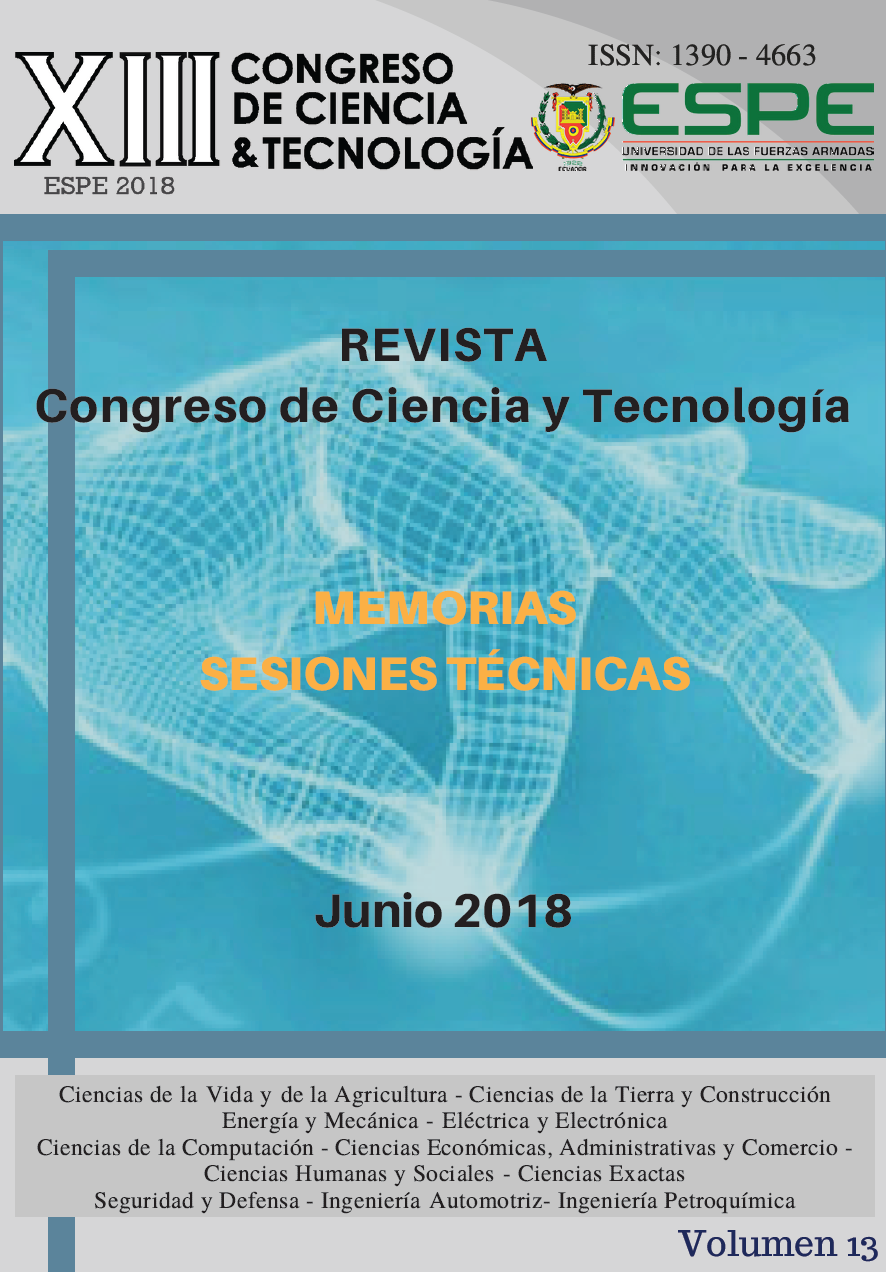3D ray launching simulation of urban vehicle to infrastructure radio propagation links
DOI:
https://doi.org/10.24133/cctespe.v13i1.786Abstract
Vehicular ad hoc networks (VANETs) enable vehicles to communicate with each other as well as with roadside units (RSUs), and Smart Cities must be able to take advantage of its applications and benefits on transportation operations. In urban environments some propagation impairments as reflection from, diffraction around and transmission loss through objects gives rise temporal and spatial variation of path loss and multipath effects. This work evaluates some parameters of a Vehicle-to-Infrastructure (V2I) wireless channel link such as large-scale path loss and multipath metrics in an urban scenario, using a deterministic 3D Ray-Launching (3D-RL) algorithm. Spatial analysis using Wireless Sensor Networks (WSNs) at 868 MHz, 2.4 Ghz and 5.9 GHz is presented. Results show the impact of factors as: geometry, dielectric properties and relative position of the obstacles, placement of the RSU and frequency link, in the V2I communication. The 3D-RL simulation shows better representation of the propagation phenomena when compared with an analytical path loss model, mainly at special types of intersections as roundabouts and give insight of the importance of the spatial distance and scenario segmentation to get consistent results.
Downloads
Published
Issue
Section
License
Los autores que publican en el Congreso de Ciencia y Tecnología están de acuerdo con los siguientes términos: Los autores conservan los derechos de autor y garantizan al congreso el derecho de ser la primera publicación del trabajo al igual que licenciado bajo una Creative Commons Attribution License que permite a otros compartir el trabajo con un reconocimiento de la autoría del trabajo y la publicación inicial en el congreso. Los autores pueden establecer por separado acuerdos adicionales para la distribución no exclusiva de la versión de la obra publicada en el congreso (por ejemplo, situarlo en un repositorio institucional o publicarlo en un libro), con un reconocimiento de su publicación inicial en este congreso. Se permite y se anima a los autores a difundir sus trabajos electrónicamente (por ejemplo, en repositorios institucionales o en su propio sitio web) antes y durante el proceso de envío, ya que puede dar lugar a intercambios productivos, así como a una citación más temprana y mayor de los trabajos publicados.

